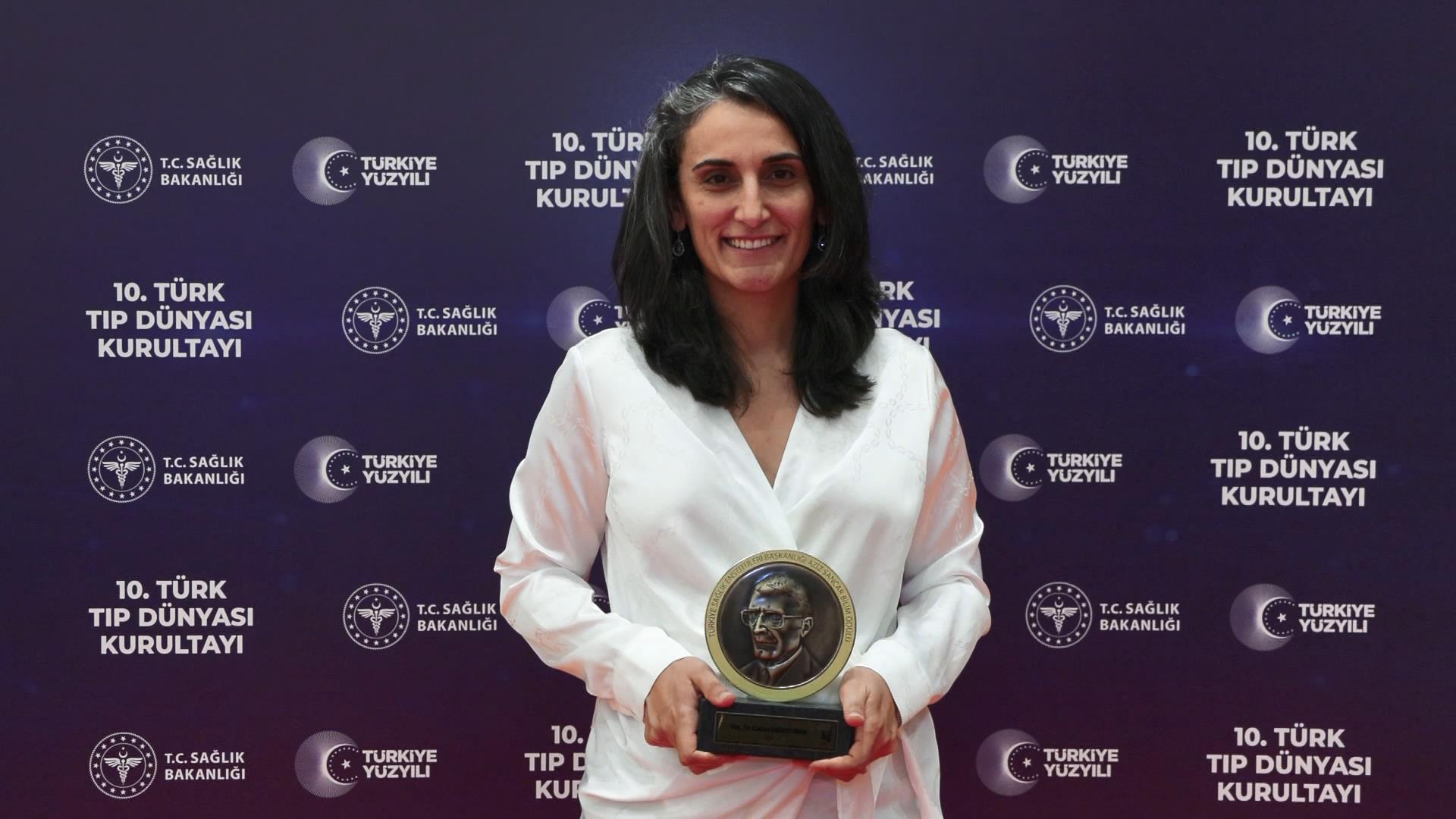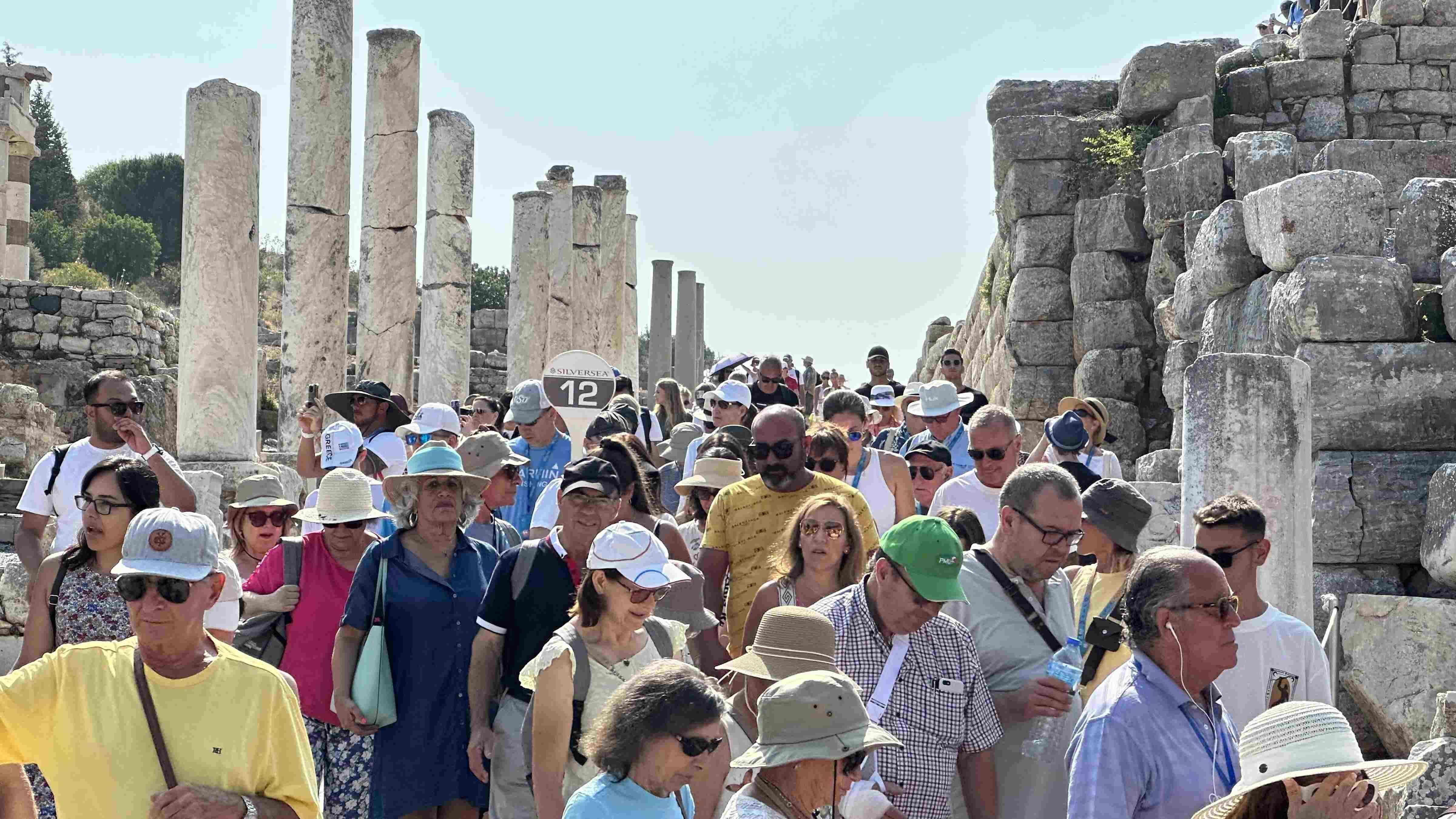Burhan Doğançay's 50-year career on display at Istanbul Modern
ISTANBUL - Hürriyet Daily News

Burhan Doğançay’s retrospective exhibition at Istanbul Modern showcases pieces from 14 series the artist has produced over his 50 year career.
A retrospective of the work of celebrated Turkish painter Burhan Doğançay, titled “Fifty Years of Urban Walls,” will open at Istanbul Modern today. The exhibition will run through Sept. 13.Curated by Istanbul Modern’s Artistic Director Levent Çalıkoğlu, the exhibition covers the fifty years of the painter’s career. Showcasing a total of 120 works, the exhibition is the most comprehensive show of Doğançay’s work to take place in Turkey to date. Thirty-five of the works in the show were borrowed from 13 foreign museums, which required meticulous work over about two years, made possible thanks to the sponsorship of Yıldız Holding. The exhibition showcases pieces from 14 series the artist has produced in the 50 years of his career.
“Doğançay represents a bridge between the modern and the contemporary,” Çalıkoğlu said, speaking at a press conference held to announce the exhibition at the museum yesterday. “During his brilliant career, which he built all alone, Doğançay analyzed the collective urban memory through city walls, and transformed what he gathered from the streets into his art.”
The exhibition is also an important project for the Istanbul Modern, Çalıkoğlu said, because it marks a turning point in the museum’s relationship with other institutions. “For the first time in our history as a museum we have asked to borrow a Turkish painter’s works from foreign institutions.”
Doğançay was also present at the press conference, and said that he was very excited about the show, because he was seeing some of his paintings for the first time since the late 1960s. “I was personally involved in the process and could see how difficult it was to bring all those [paintings] here from 13 museums. Guggenheim refused to lend one of my works for fear that it might be damaged during travel, and assigned guards to bring the works they did lend from America to this particular venue. I think they are gone now, but will be back to pick them up. And they are flying business class.”
The artist admits that he has seen a change in urban walls in the course of his half-century-long career. “A lot has changed since I started. Walls are clean now, because now there is social media and computers. And the youth are not as angry as we were in the early 70s, when I could not find a single square centimeter of empty space on an Istanbul wall. Now all I see on the Istanbul walls are signs forbidding people from disposing of their garbage there.”
An urban traveler
Doğançay is famous for exploring the social, cultural, and political transformation of modern and contemporary urban culture through walls since the 1960s. As an urban traveler, he has discovered walls in cities around the world. Under the guise of an anthropologist, he has mapped the anatomy of their surfaces, which are open to all manner of intervention, such as posters, graffiti or slogans with messages that range from the sexual and personal to the political. Utilizing various techniques and styles, Dogançay’s works are positioned in both a historical and contemporary context by incorporating the icons of popular culture and political symbols. Since he was a student, Dogançay has been traveling the world and exploring urban culture. In the 70s he began to record with his camera the walls in the 114 countries to which he traveled. Re-creating urban walls on canvas surfaces, Dogançay’s 50-year-long odyssey progressed in parallel with his photographic career. He compiles photographic archives of the urban walls around which his work is centered, and drawing from this resource he creates his “wall art.”
For Dogançay urban walls “serve as a testament to the passage of time, reflecting social, political and economic change. They also bear witness to the assault of the elements and to the markings left by people. It is apparent that they pay homage to the human experience, and that his oeuvre comprises an archive of our time.” In 1965, Guggenheim Museum purchased one of Dogançay’s paintings, which marked the first time the artist was included in the permanent collection of a major museum. Today the artist’s paintings of walls can be found in prominent museums worldwide and in major corporate and private collections. Dogançay’s works are part of over 70 prominent museum collections around the world, including the Museum of Fine Arts, the Victoria & Albert Museum, the Centre Pompidou, British Museum and the Moderna Museet. In 2004 some of Burhan Dogançay’s lithographs entered the permanent collection of the Metropolitan Museum of Art and in 2012 his “Ribbon Mania” became the first piece from Turkey to be included in the museum’s collection.
















